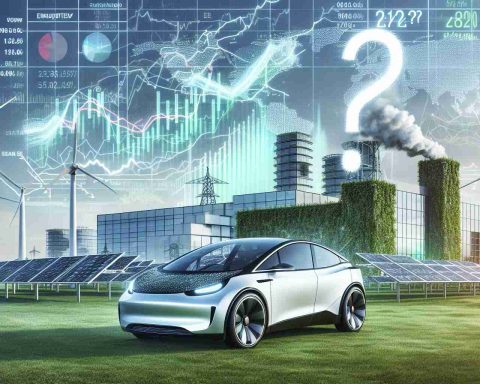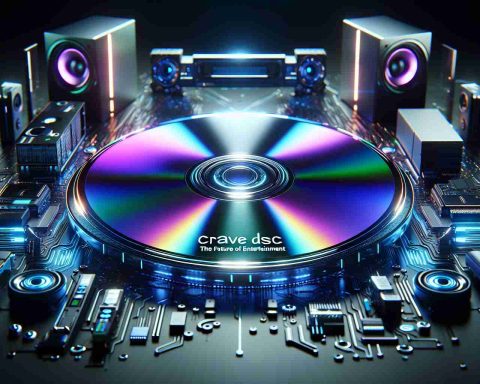A Bold Step for Autonomous Vehicles
This week, the federal government unveiled a set of proposed regulations for self-driving cars, a move that has stirred significant discussion. The National Highway Traffic Safety Administration (NHTSA) is working on these regulations, but the finalization may not occur until after President Biden’s term ends in January, when the next administration takes the reins.
Tesla’s CEO, Elon Musk, has indicated that he could influence the formation of safety standards for these highly automated vehicles. This proposition is particularly relevant given that, at present, there are no federal regulations governing autonomous vehicles, placing the responsibility on individual states.
The recent proposal suggests that automotive manufacturers and tech companies interested in self-driving technology must provide comprehensive safety plans and report specific safety data. Companies would need independent evaluations of their safety processes and must disclose any crashes involving their vehicles to ensure accountability.
Despite these suggestions, auto safety advocates express skepticism, arguing that the proposal lacks essential performance benchmarks, such as clear standards for vehicle sensors and their effectiveness in challenging conditions. The NHTSA is opening a 60-day public comment period to gather feedback before proceeding with the regulatory process, which could take considerable time to finalize.
As we look towards the future, it remains uncertain how these new rules will shape the landscape of autonomous driving and public safety.
Revolutionizing Road Safety: How New Regulations Will Impact Autonomous Vehicles
A Bold Step for Autonomous Vehicles
The recent unveiling of proposed regulations for autonomous vehicles by the National Highway Traffic Safety Administration (NHTSA) marks a significant turning point in the realm of self-driving technology. While the current framework places the onus on individual states, this initiative aims to establish a federal standard that could unify safety protocols and accountability for manufacturers.
# Key Features of the Proposed Regulations
1. Comprehensive Safety Plans: Automotive manufacturers and tech companies are now required to draft detailed safety management plans. These plans will outline their approach to ensure the safe operation of autonomous vehicles.
2. Mandatory Reporting of Incidents: Companies must disclose any crashes involving their self-driving vehicles. This transparency is intended to bolster public trust and promote accountability within the industry.
3. Independent Safety Evaluations: Each manufacturer will need to have their safety protocols evaluated independently. This step is critical in assuring regulatory bodies and consumers about the efficacy and safety of their autonomous systems.
4. Public Comment Period: A key aspect of the regulatory process is the opening of a 60-day public comment period, allowing industry stakeholders and the public to weigh in, ensuring a well-rounded development of the regulations.
# Pros and Cons of the Proposed Regulations
Pros:
– Establishing national standards may enhance overall safety and public confidence in autonomous vehicles.
– Transparency in reporting incidents can lead to improved technological advancements as manufacturers learn from past mistakes.
– Independent evaluations might enhance credibility and trust in self-driving cars.
Cons:
– Critics argue that the lack of specific performance benchmarks could hinder true safety advancements.
– The proposed regulations may delay the rollout of autonomous vehicles, affecting companies eager to innovate in this sector.
– Some stakeholders fear that reliance on government oversight could stifle technological innovation and market competition.
# Limitations and Future Trends
While the proposed regulations represent a significant step forward, they leave several critical areas unaddressed. For instance, the absence of standardized testing protocols for vehicle sensors in varied weather conditions raises questions about safety in real-world scenarios. As manufacturers work to refine their technologies, the push for clear and actionable performance metrics will likely gain traction.
Going forward, the regulations may evolve to reflect emerging challenges and technological advancements within the self-driving landscape. As public perception shifts and road safety continues to be a priority, the NHTSA may be compelled to adjust its proposals based on feedback and real-world data.
# Insights on the Market and Industry Impact
The autonomous vehicle market is anticipated to grow significantly, influenced by advancements in artificial intelligence, machine learning, and complex sensor technologies. However, how these new regulations are implemented will shape competitive dynamics—especially as automotive manufacturers and tech giants vie for market leadership.
For more information on the evolving regulations and safety standards, check out the latest updates at the NHTSA website.












